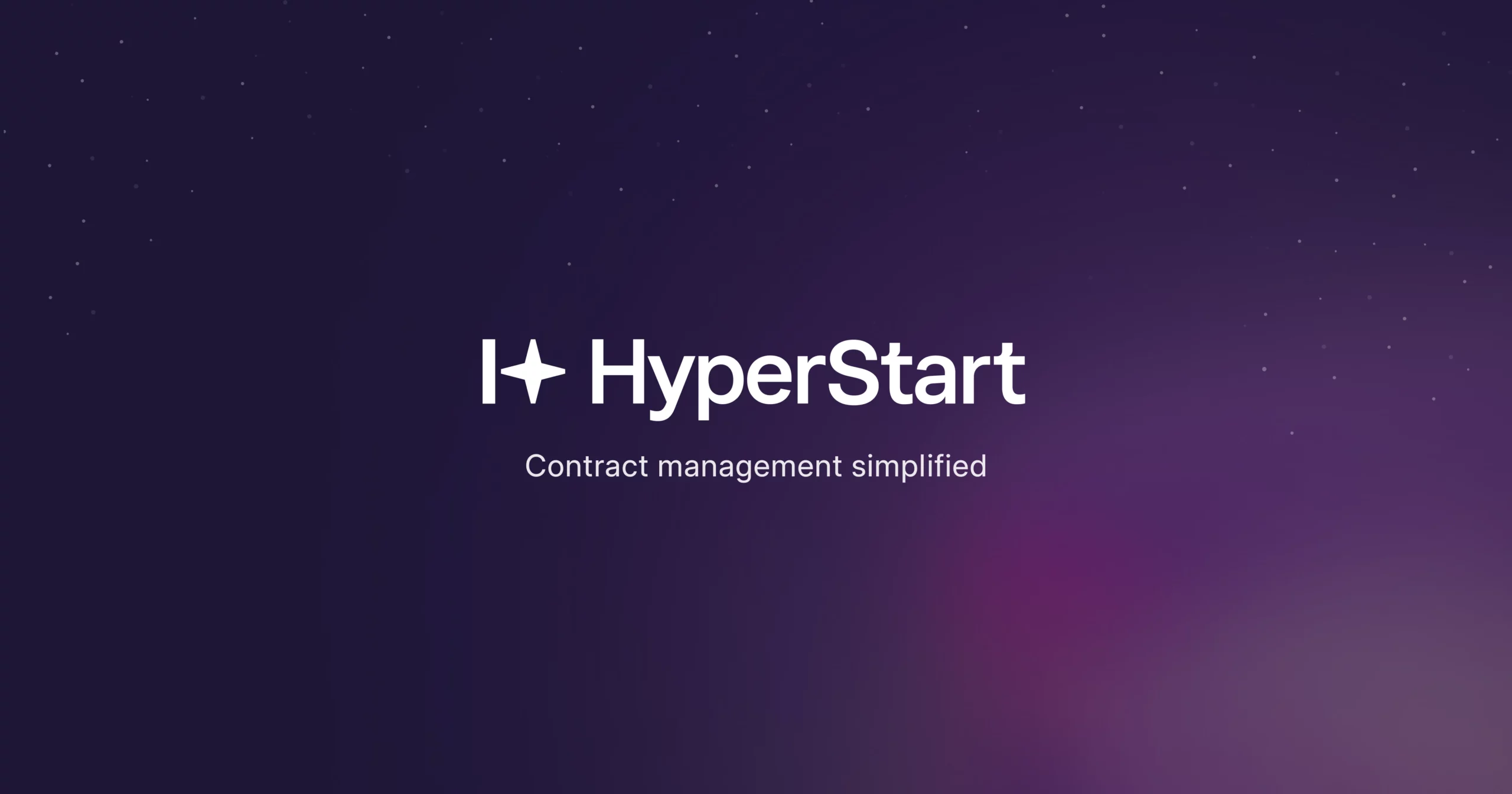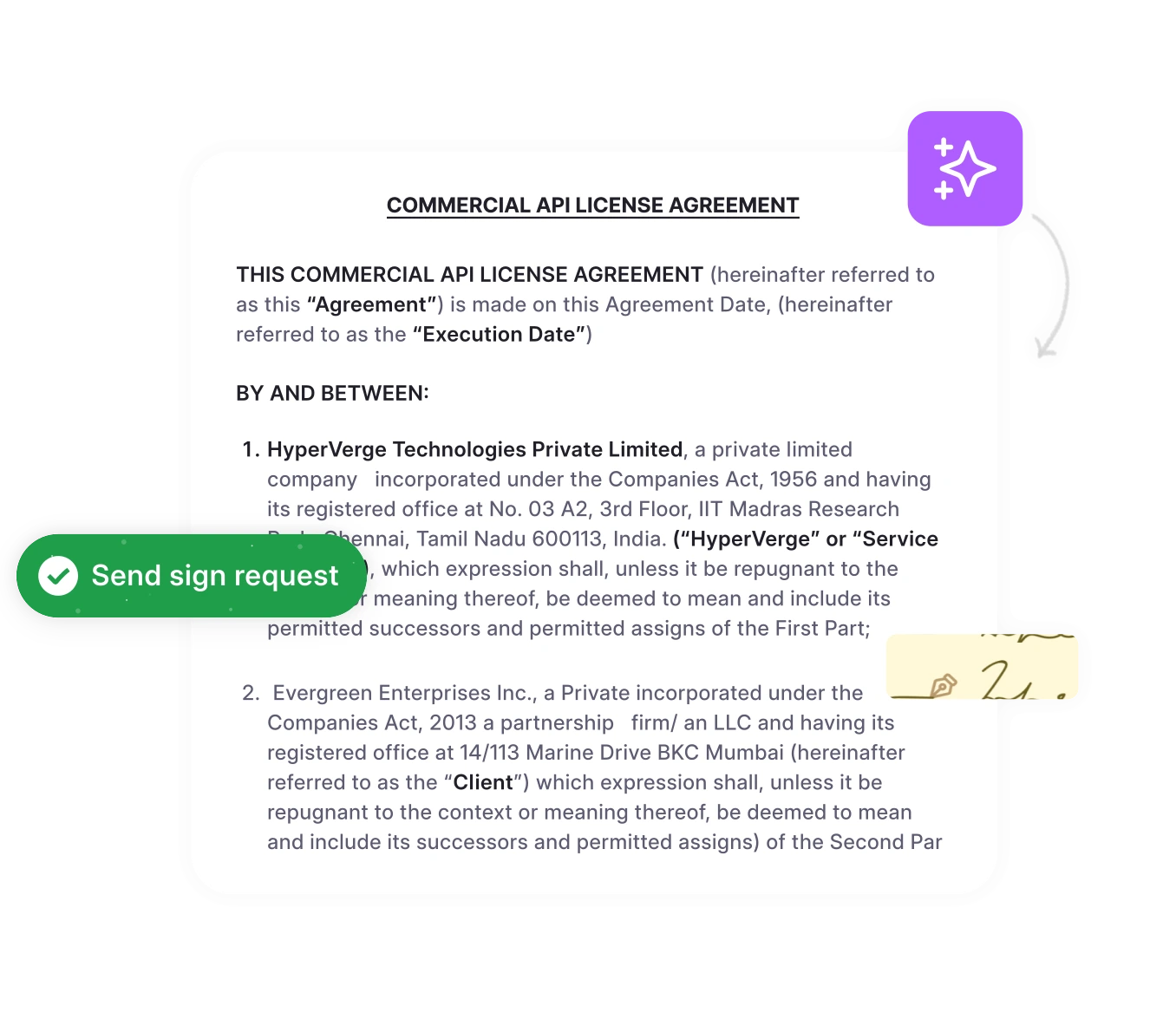Your legal team negotiated a major partnership deal, but over time, you notice the full value isn’t being realized. That invisible shortfall is contract leakage—a silent drain that quietly erodes the benefits of even the most carefully crafted agreements.
The impact goes beyond finances. Legal teams often get caught up in administrative tasks, leaving little bandwidth for strategic work. Problems tend to surface only after they’ve escalated, forcing teams into reactive mode. Instead of driving business outcomes, legal departments spend time chasing missed deadlines, resolving disputes, and attempting to reclaim lost value.
Understanding and addressing contract leakage is no longer optional. Organizations that actively identify and mitigate these gaps not only protect the value of their agreements but also empower legal teams to operate strategically, ensuring contracts deliver the outcomes they were designed to achieve.
What is contract leakage?
Contract leakage occurs when the actual value realized from a contractual agreement falls short of the expected or negotiated value. This gap typically emerges during the contract lifecycle through poor execution, missed obligations, or inadequate tracking of contractual commitments.
The average company loses 12.4% of its annual revenue because of contract leakage. Best-in-class companies only lose 6.2% on average.
Think of contract leakage as the difference between what you negotiated and what you actually receive. It’s the silent erosion of contract value that happens when agreements aren’t properly managed, monitored, or executed according to their terms.
Types of contract leakage
| Type | When It Occurs | Key Causes |
| Pre-Signature Leakage | During contract creation & negotiation | – Poor negotiation strategies, conceding unnecessary value – Unclear or ambiguous contract language – Missing protective clauses – Inadequate due diligence on contract partners |
| Post-Signature Leakage | During contract execution & management | – Missed renewal deadlines, causing unfavorable auto-renewals – Untracked or unfulfilled obligations – Invoice discrepancies |
Understanding related concepts helps clarify the scope and impact of contract losses:
Revenue leakage: Refers to losses specifically from income-generating contracts, such as missed payments or unbilled revenue.
Spend leakage: Occurs in procurement contracts, resulting from cost overruns, missed discounts, or inefficient supplier management.
Value leakage: A broader term that encompasses all lost benefits from agreements, including both revenue and cost-related losses, as well as underperformance or missed contractual opportunities.
Once you know what contract leakage means, the next step is to explore the common causes—ranging from poor compliance monitoring to unclear contract terms—that drain value from agreements.
What are the causes of contract leakage?
Contract leakage stems from multiple sources across the contract lifecycle. Understanding these 6 root causes is essential for developing effective prevention strategies.
1. Obligation management failures
The most significant cause of contract leakage is the failure to properly track and manage contractual obligations. When organizations rely on manual processes to monitor deliverables across hundreds or thousands of contracts, critical commitments inevitably fall through the cracks.
Common obligation management issues include:
- Service level agreements are not monitored for compliance
- Milestone payments are missed or delayed due to poor tracking
- Performance metrics are undefined or unmeasured
- Renewal notices are overlooked in busy email inboxes
Without automated systems, even the most diligent legal teams struggle to maintain visibility into all contractual commitments across their portfolio.
2. Invoice and payment discrepancies
Financial teams often cannot validate invoices against contract terms due to poor contract visibility. This disconnect between contract execution and financial management leads to significant value leakage.
Typical discrepancies include:
- Incorrect pricing was applied, which doesn’t match the negotiated rates
- Unauthorized services billed beyond contract scope
- Volume discounts are not applied despite meeting thresholds
- Change orders are not properly documented or approved
3. Poor contract visibility
When contracts are scattered across systems, emails, and filing cabinets, organizations lose the ability to effectively manage their agreements. This lack of centralized visibility creates numerous opportunities for value leakage.
Visibility challenges include:
- Key terms buried in lengthy documents
- Version control problems leading to confusion
- No central repository for contract data
- Limited search capabilities across contract portfolios
42% of companies suffer some form of revenue leakage, often because contracts are managed manually or stored in disparate systems, leading to missed obligations and payments.
Without proper contract intelligence systems, teams spend more time searching for information than acting on it.
4. Renewal and deadline management
Critical dates tracked in spreadsheets or not at all create enormous risk for organizations. Missing important deadlines can trigger costly auto-renewals or result in lost termination opportunities. Strategic contract renewal management prevents these costly oversights.
Common deadline management failures:
- Auto-renewal clauses trigger unexpectedly
- Termination deadlines missed, extending unfavorable contracts
- Price increase notifications overlooked
- Extension opportunities are lost due to poor tracking
Effective deadline management requires automated systems that provide advanced alerts and ensure no critical dates are missed.
5. Compliance and risk gaps
Regulatory requirements not properly mapped to contracts create both financial and legal risks. When compliance obligations aren’t tracked and monitored, organizations face penalties and missed opportunities.
Compliance issues include:
- Data protection clauses not enforced
- Industry regulations are not reflected in agreements
- Audit trail gaps that create compliance exposure
- Change management is not properly documented
6. Stakeholder communication breakdown
Perhaps the most insidious cause of contract leakage is the failure to communicate contract requirements to execution teams. When the people responsible for delivering on contracts don’t understand the terms, value leakage is inevitable.
Communication failures include:
- Sales teams are unaware of contract restrictions
- Operations teams don’t know SLA requirements
- Finance teams can’t validate contract terms
- Legal teams are isolated from contract performance data
This siloed approach to contract management ensures that even well-negotiated agreements will fail to deliver their intended value.
Prevent contract leakage from missed renewals
HyperStart tracks every obligation, deadline, and renewal automatically, ensuring your contracts deliver their full negotiated value.
Book a DemoKnowing the root causes allows you to take targeted preventive measures. Implementing the right processes, checks, and tools ensures you capture the full value of every contract.
How to Prevent Contract Value Leakage
Preventing contract value leakage is essential for organizations looking to protect the full value of their agreements. Adopting a structured approach helps mitigate these risks and ensures contracts deliver their intended outcomes.
Here are 6 key strategies to prevent contract value leakage:
1. Comprehensive contract management
A systematic approach to contract creation, execution, and monitoring forms the foundation for preventing leakage. Following proven contract management best practices ensures comprehensive coverage of all agreement aspects.
Clearly define roles and responsibilities for all stakeholders, implement standardized contract templates, and use contract management systems to track obligations. Automated tracking of key dates, milestones, and deliverables reduces the chances of oversights that can erode contract value.
2. Clear and detailed contract terms
Ambiguous contract language can create misunderstandings and disputes, leading to lost value. Contracts should include specific terms outlining deliverables, timelines, payment schedules, and performance metrics. Incorporate provisions to address potential changes in scope or unforeseen events. Clear and precise terms enhance accountability and protect the intended benefits of the agreement.
3. Proactive risk management
Identifying and addressing risks early in the contract lifecycle prevents value leakage. Conduct thorough contract risk assessments during negotiation and evaluate external factors, market conditions, and potential uncertainties. Implement mitigation strategies and contingency plans to manage unexpected challenges without compromising contract outcomes.
4. Regular performance monitoring
Continuous monitoring ensures contracts stay on track and deviations are corrected promptly. Establish contract management KPIs and reporting mechanisms to track milestones, deliverables, and compliance. Proactive monitoring allows organizations to identify issues before they escalate, safeguarding the contract’s intended value.
5. Standardize templates and clauses
Using standardized contract templates and pre-approved clauses reduces variability and accelerates the contracting process. Standardization ensures consistency across agreements, protects against common leakage points, and helps teams negotiate more effectively. Include clear termination, renewal, and performance clauses to maintain control over contract outcomes.
6. Continuous communication and collaboration
Maintaining open communication between all parties strengthens relationships and prevents misunderstandings that can lead to value leakage. Schedule regular status meetings, progress reviews, and collaborative forums to address concerns, discuss changes, and ensure alignment. Strong communication enhances contract performance and supports long-term partnership success.
Once prevention strategies are in place, Contract Lifecycle Management (CLM) platforms help sustain them by automating compliance checks, tracking obligations in real time, and alerting teams before value-eroding issues occur.
Never let a contract slip through the cracks
HyperStart alerts you to upcoming renewals, missed obligations, and performance gaps—so you always stay in control.
Book a DemoWhat is the role of CLM in preventing contract leakage?
Contract Lifecycle Management (CLM) plays a crucial role in minimizing contract leakage by providing a structured, end-to-end approach to managing agreements.
Here are 5 ways CLM plays an important role in preventing contract leakage:
1. Centralized contract repository
A centralized contract repository allows organizations to store all contracts in one location, eliminating scattered documents across departments or file systems. This improves visibility, reduces the risk of lost or misplaced contracts, and ensures teams can quickly access contract terms, clauses, and historical versions when needed. Platforms like HyperStart provide intelligent search and version control features, making it easier to retrieve contracts and maintain audit readiness.
2. Automated tracking of obligations
Contract automation software can track critical contract dates, deliverables, and renewal deadlines automatically through intelligent monitoring systems. By monitoring contract obligations in real time, teams can prevent missed payments, unfulfilled deliverables, or expired contracts that can lead to financial or operational loss. Automated reminders and notifications ensure proactive management, rather than reactive problem-solving.
3. Standardization of templates and clauses
Standardizing contract templates and pre-approved clauses reduces variability across agreements and minimizes common leakage points. This ensures consistency in language, performance metrics, renewal terms, and compliance requirements. Standardization also accelerates contract creation, simplifies reviews, and reduces negotiation time, helping legal teams focus on high-value strategic issues rather than routine administrative work.
4. Integration with business systems
A CLM system integrated with finance, procurement, project management, or CRM systems ensures that contracts align with organizational workflows. For example, linking contracts to invoice processing can prevent billing errors, while integration with project management tools allows tracking of deliverables against agreed timelines. HyperStart’s ability to connect contract data with key business systems helps create a single source of truth across departments, ensuring obligations are consistently met.
5. Performance monitoring and analytics
Ongoing monitoring and performance analysis are essential for identifying issues before they escalate. AI-based contract management software provides dashboards and reporting tools to track key performance indicators (KPIs), identify trends in contract compliance, and highlight areas of potential risk. This enables organizations to take corrective action early, maintain accountability, and continuously optimize contract performance.
Stop contract leakage now
Capture every obligation, deadline, and milestone with HyperStart, ensuring no value is lost from your contracts.
Book a DemoReclaim contract leakage effortlessly with HyperStart
Contract leakage isn’t inevitable—it can be prevented with the right approach and technology. Manual processes, scattered data, and reactive management leave organizations exposed to missed opportunities and lost value.
Legal teams that proactively address leakage share common traits: they implement systematic contract management, focus on transformation, and leverage intelligent platforms. HyperStart helps legal teams track obligations, manage renewals, integrate contract data with business systems, and transform operations from reactive to strategic. The key question isn’t whether your organization has contract leakage—it’s how much value you may be losing and how quickly you can stop it. With HyperStart, legal teams can protect negotiated contract value and focus on strategic priorities rather than administrative tasks. Use our ROI calculator to quantify the potential impact of contract leakage on your organization.










![8 Stages of Contract Lifecycle Management Process [A Detailed Guide]](https://www.hyperstart.com/wp-content/uploads/2024/05/Blog-70-white-scaled.webp)

